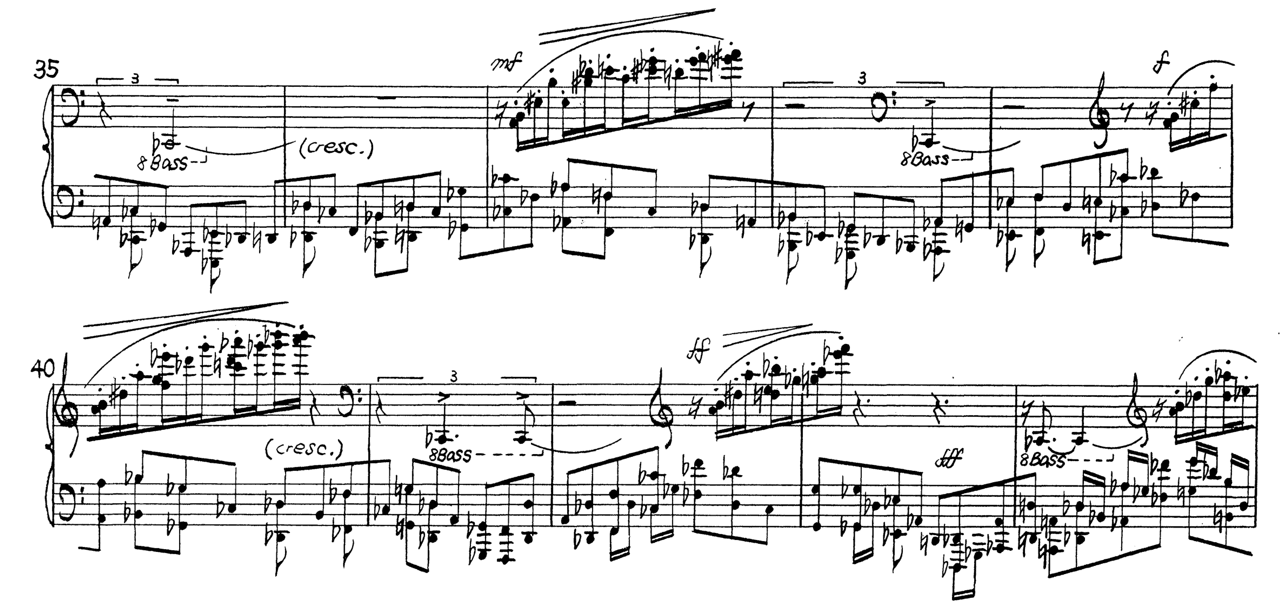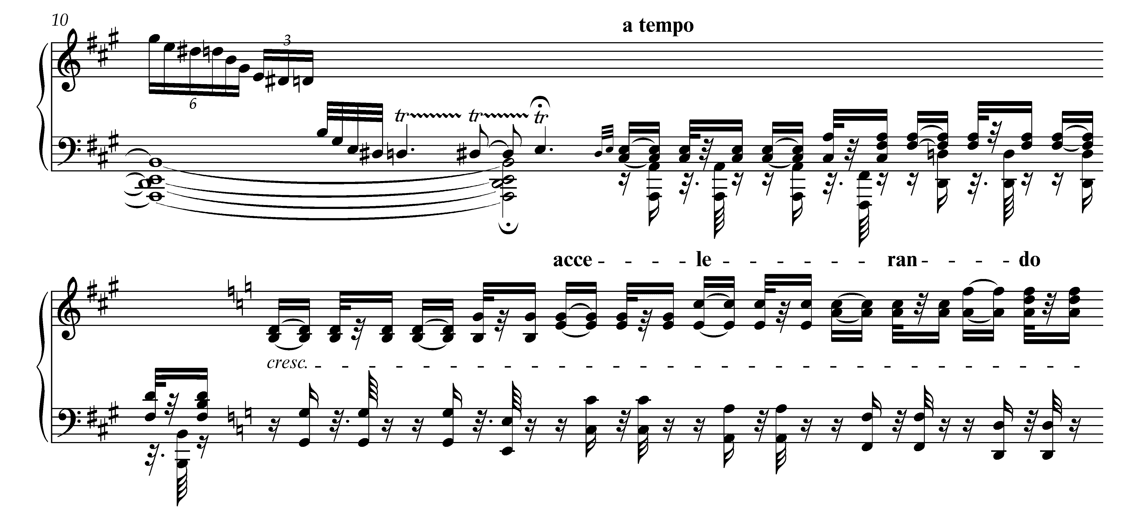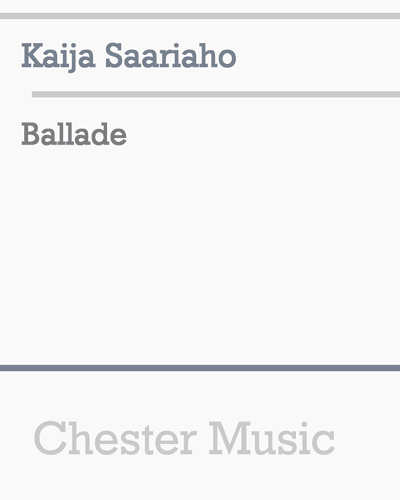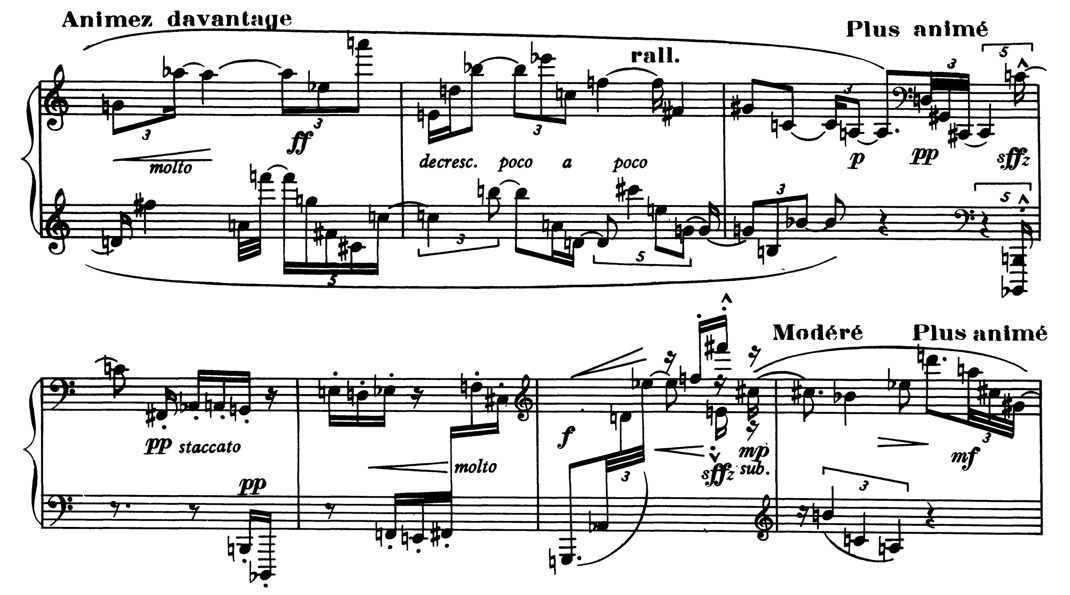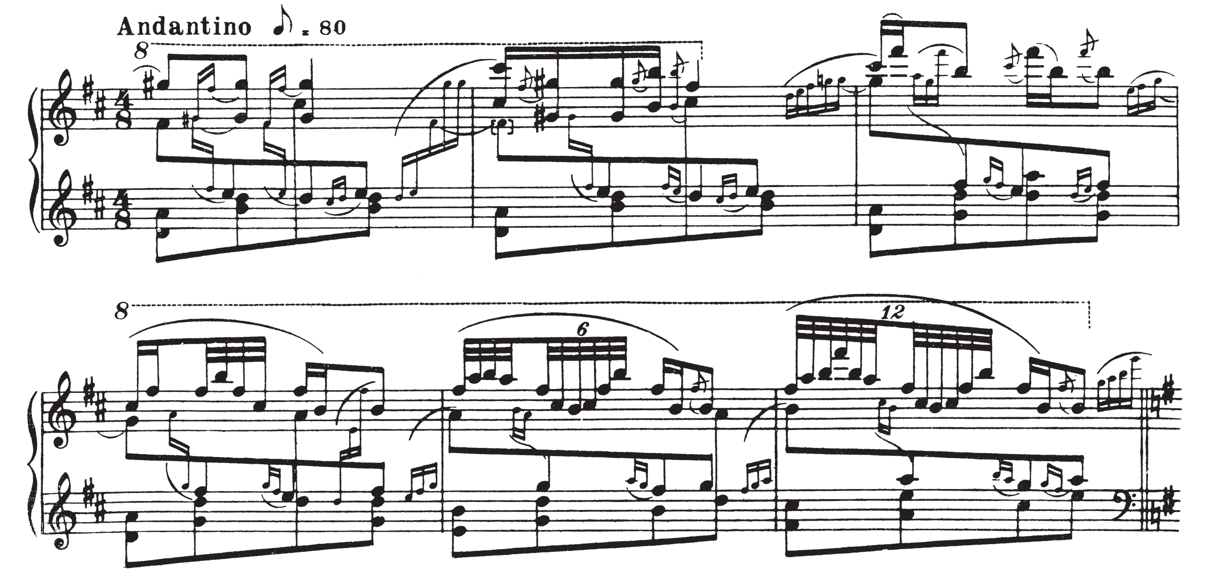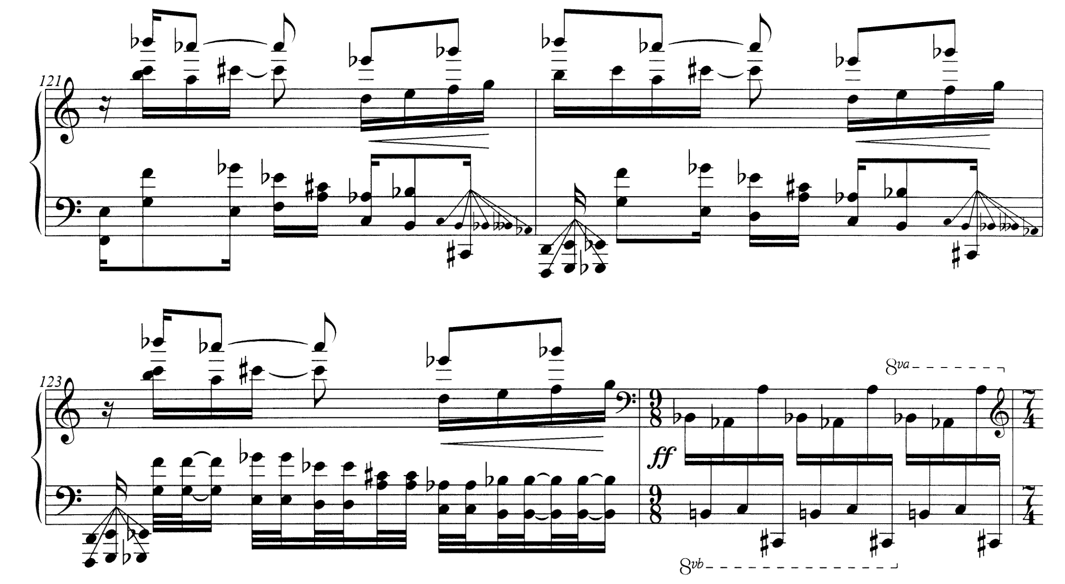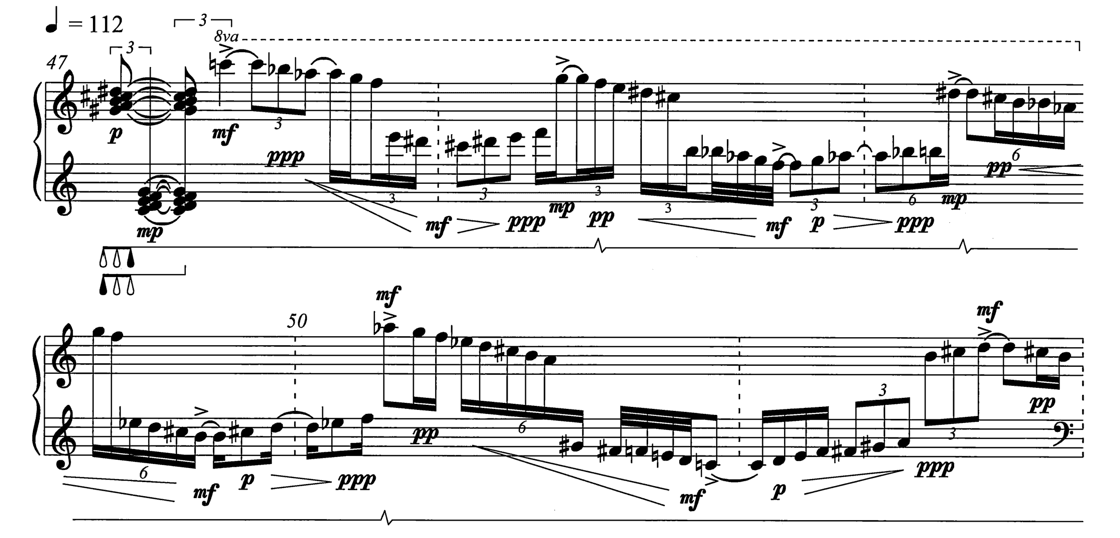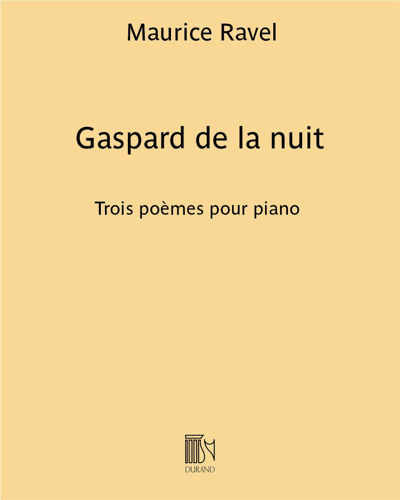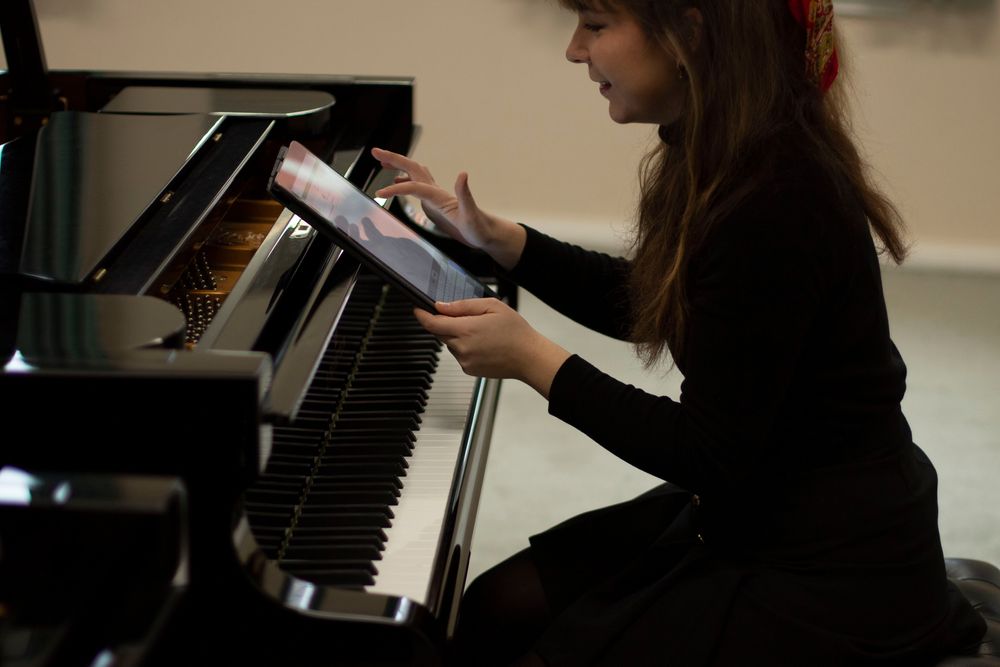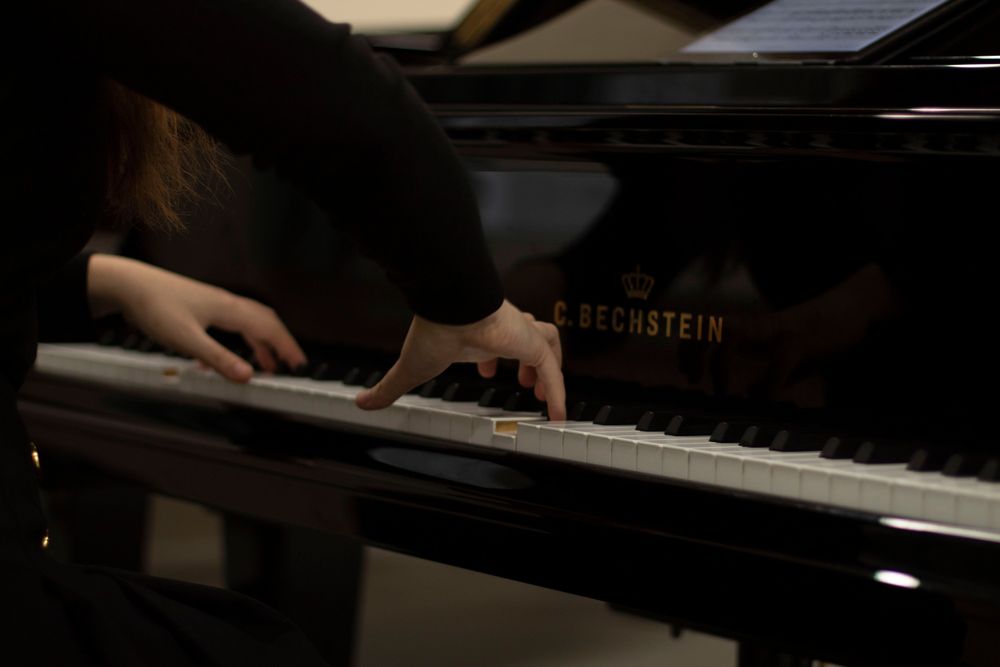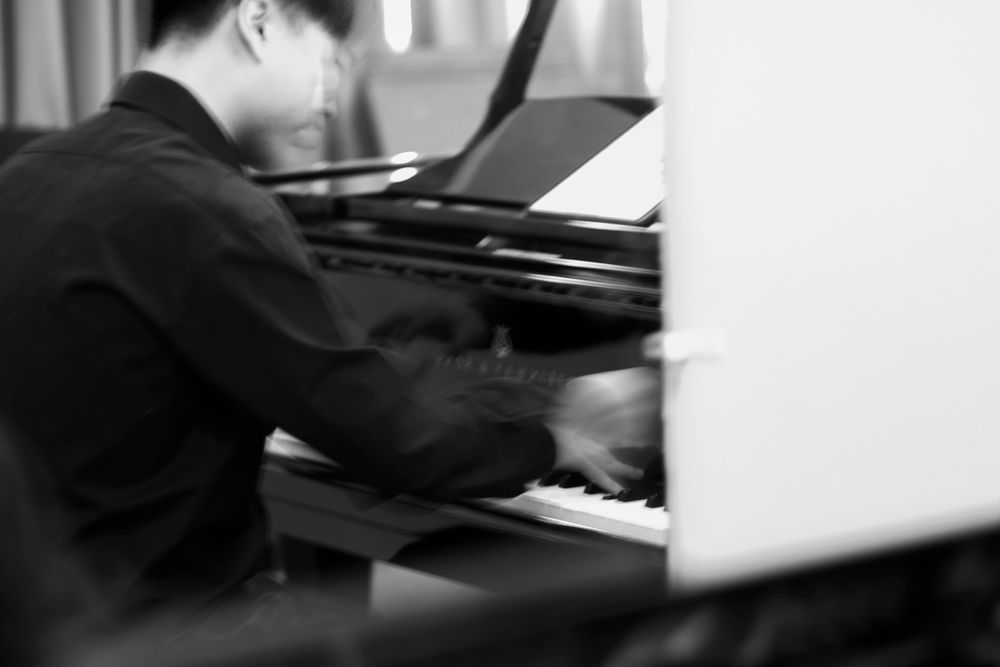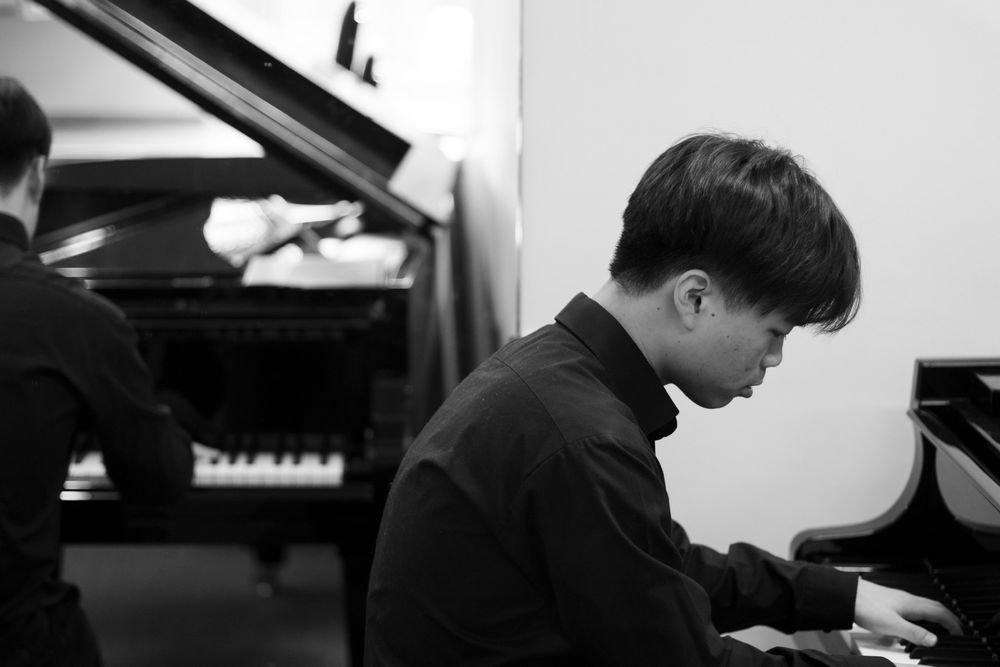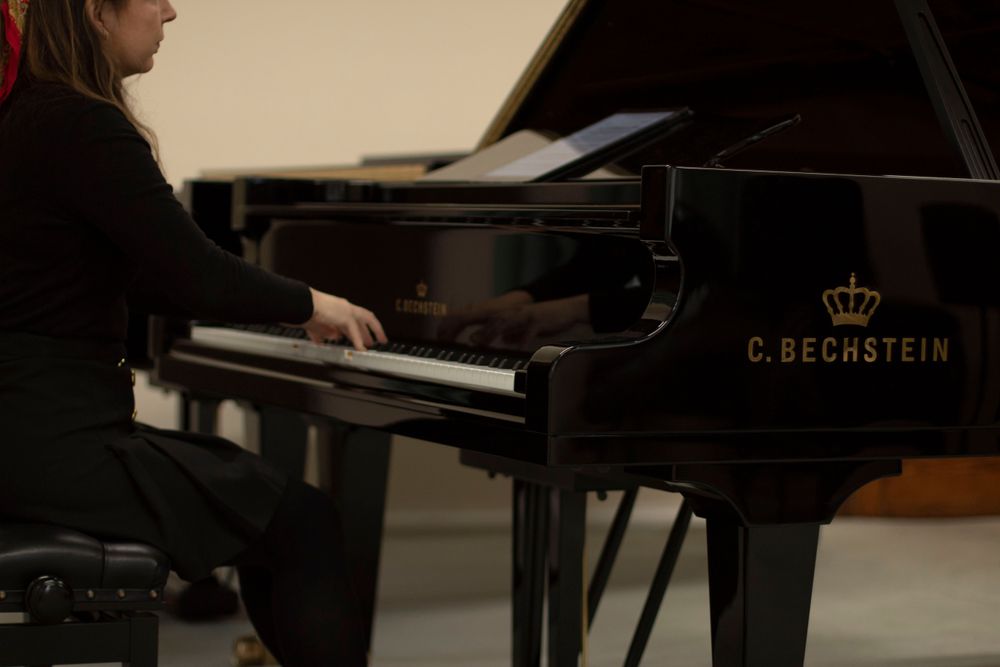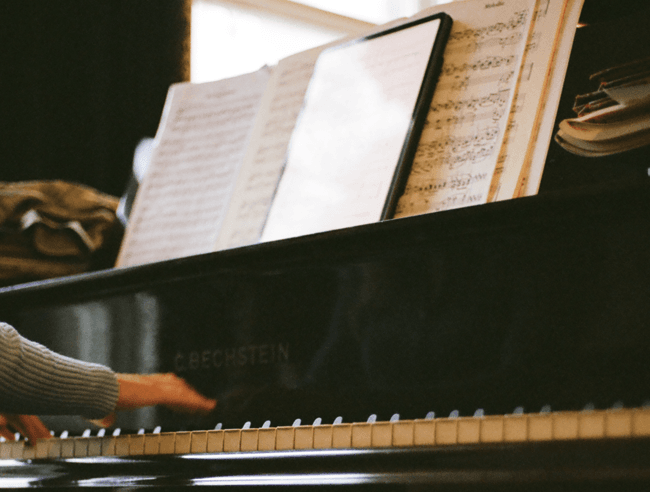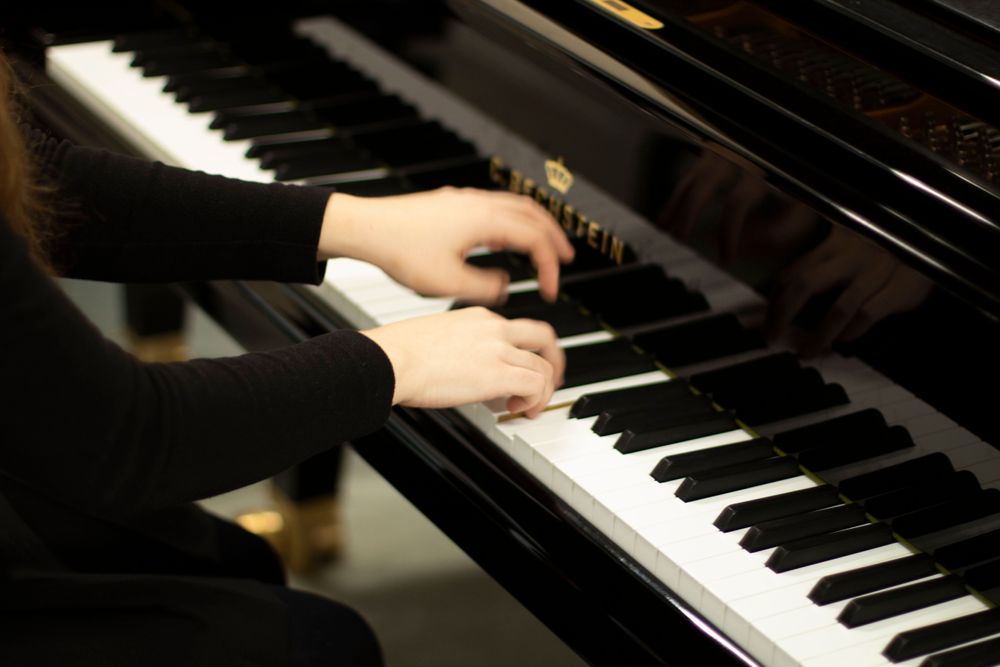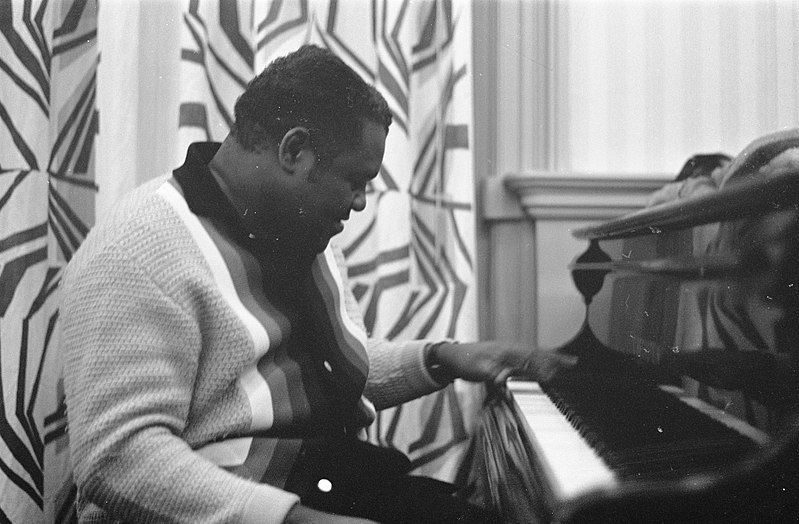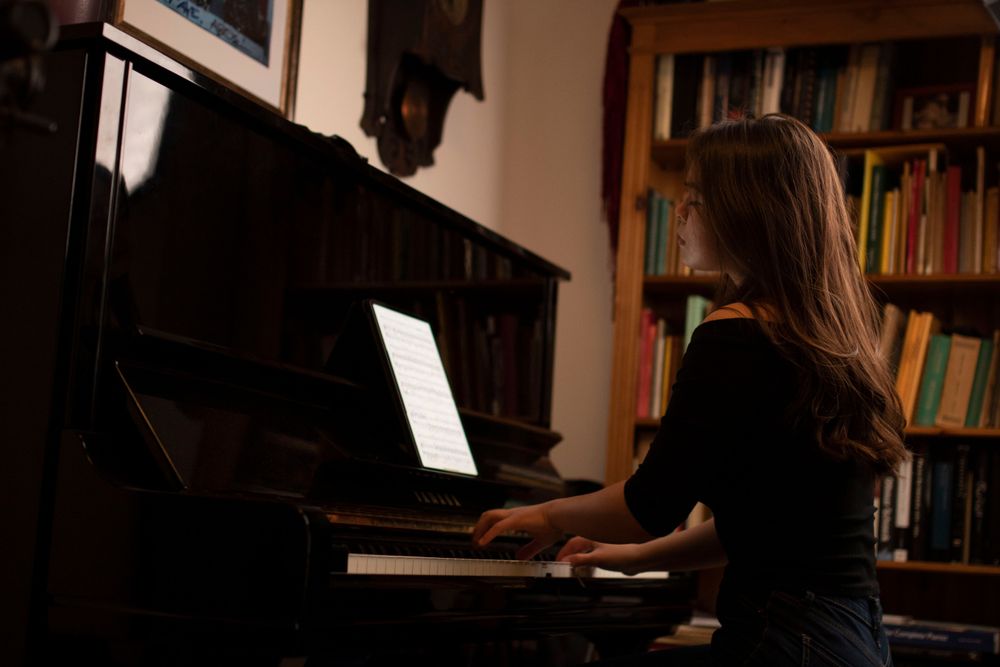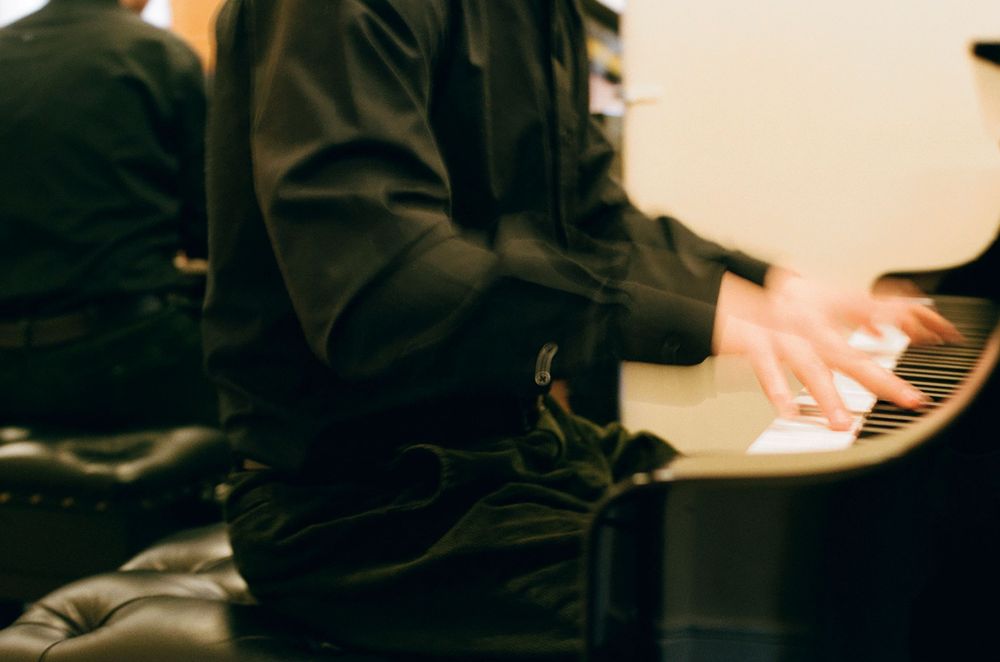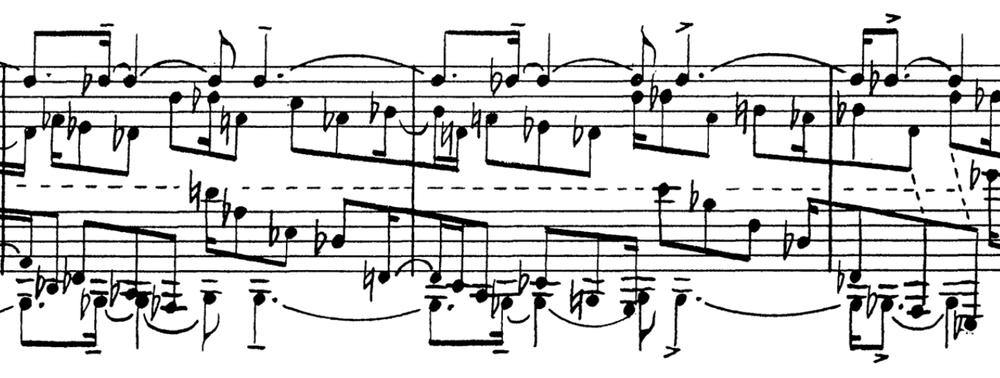Whether you’re a virtuoso looking for your next piece to master, or just curious to see how difficult piano sheet music can get, gear up now for some intense piano repertoire.
In opposition to the previous article on easy piano songs, this is a run-down of some of the most difficult pieces for solo piano that have ever been composed. Even the finest and most famous pianists of all time would have struggled. In fact, many of them did.
Ten works are explored on this list and every one demands full technical mastery of the keyboard. We’ve compiled as diverse a list as possible so that, if you’re bold enough to take them on, you should find at least one that works for you.
Premium editions of each of these pieces can be found in the nkoda library - go ahead and try one out. Who knows? You might surprise yourself.
Hardest piano pieces of all time
- Etude No. 2, ‘Sequenzen’ by Unsuk Chin
- Piano Sonata No. 29, Op. 106, ‘Hammerklavier’ by Ludwig van Beethoven
- Ballade by Kaija Saariaho
- First Piano Sonata by Pierre Boulez
- A Hudson Cycle by Nico Muhly
- Three Movements from Petrushka by Igor Stravinsky
- Sonata No. 1 by Franghiz Ali-Zadeh
- Fantasy in C major, D. 760 by Franz Schubert
- Diary III by Xiaoyong Chen
- Gaspard de la nuit by Maurice Ravel
